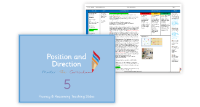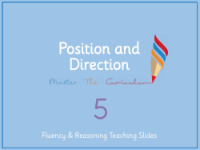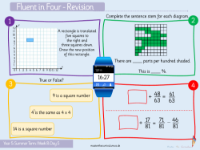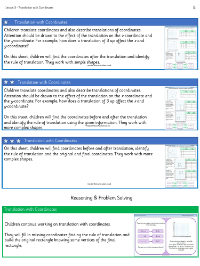Position and Direction - Translation with co-ordinates - Planning
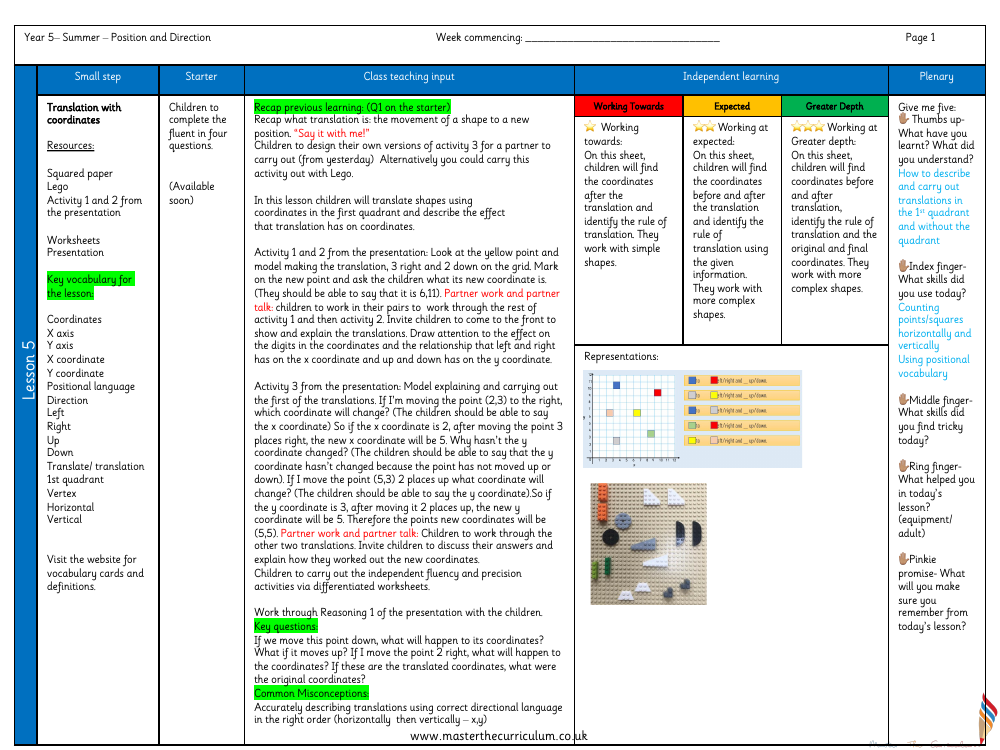
Maths Resource Description
In a Year 5 mathematics lesson on Position and Direction, the focus is on Translation with coordinates, a key concept for understanding how shapes can be moved on a grid. The lesson utilises resources such as squared paper and Lego, along with worksheets and a presentation to facilitate learning. The key vocabulary introduced includes terms related to coordinates and movement, such as 'X axis', 'Y axis', 'translate', and 'quadrant', among others. The children are expected to complete a 'fluent in four' questions set, which will soon be available, to strengthen their understanding. The session starts with a recap of what translation means, encouraging students to remember that it involves moving a shape to a new position on the grid. They then have the opportunity to design their own translation activity, which can be carried out with Lego for a hands-on experience.
During the class, students engage in activities that help them to translate shapes within the first quadrant of a coordinate grid and observe the effects of these translations on the shape's coordinates. For instance, they are shown how moving a point to the right or down affects its X and Y coordinates respectively. Partner work facilitates discussion and allows children to explain their understanding of how translations alter coordinates. The lesson plan also includes independent learning tasks with differentiated worksheets, ensuring that students at different levels of proficiency are appropriately challenged. To assess comprehension, the lesson includes key questions about the movement of points and the resulting changes in their coordinates. The lesson ends with a reflection on the skills learned and a promise to remember the key concepts taught. The worksheets are designed to cater to varying levels of ability, from working towards understanding simple shapes and translations to achieving greater depth with more complex shapes and translations.
